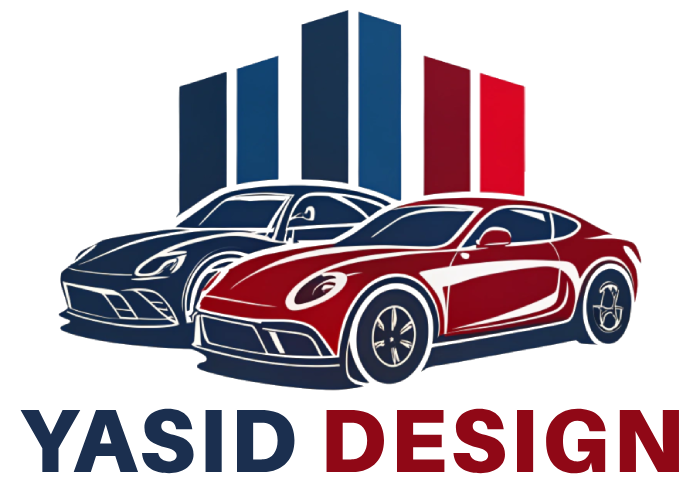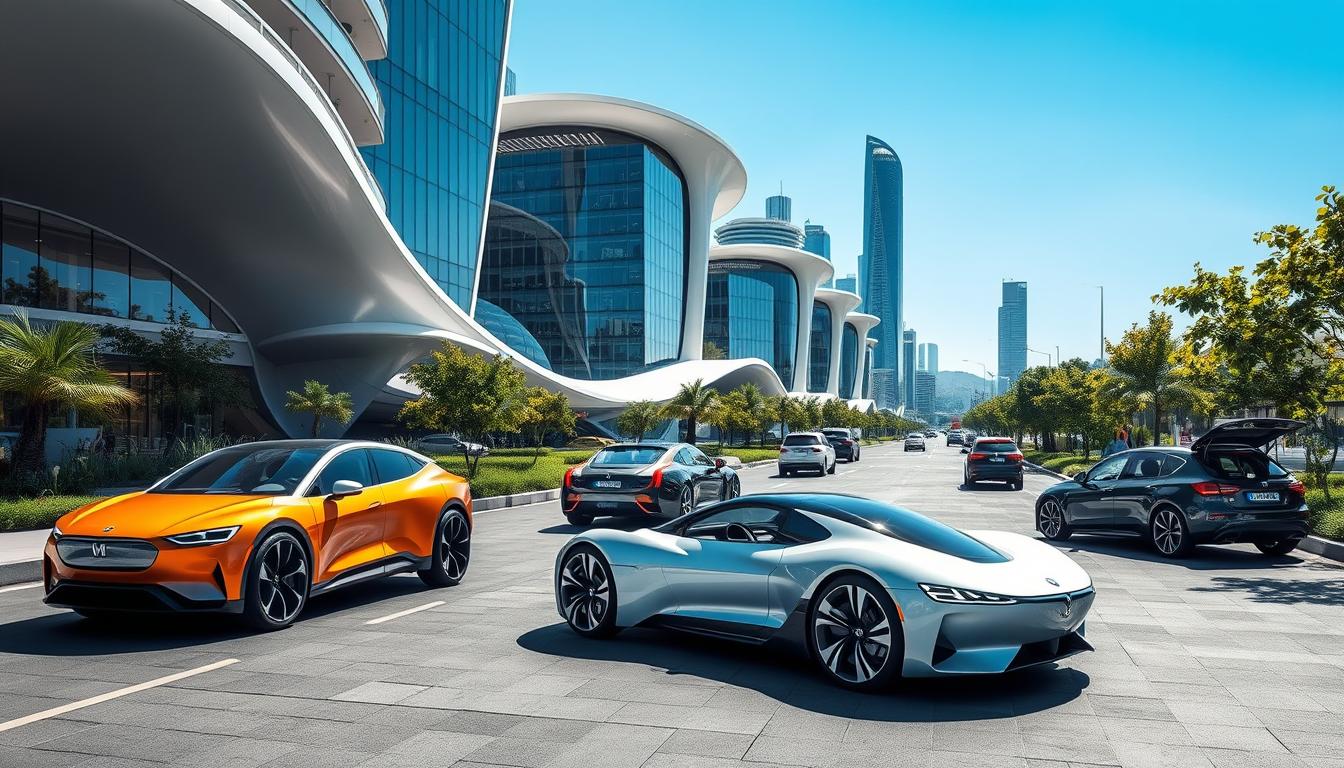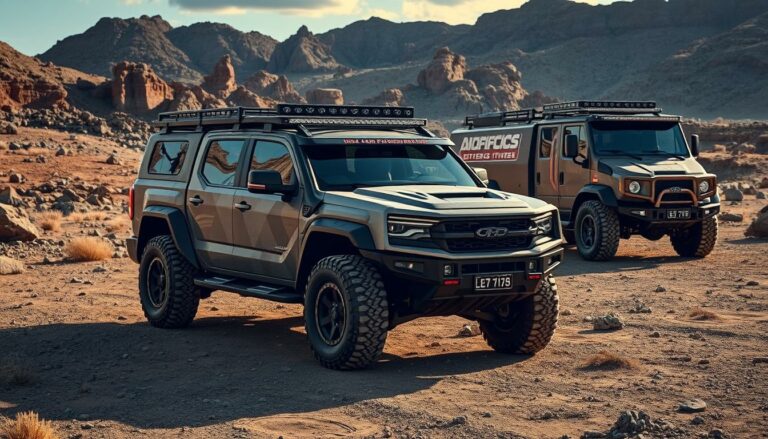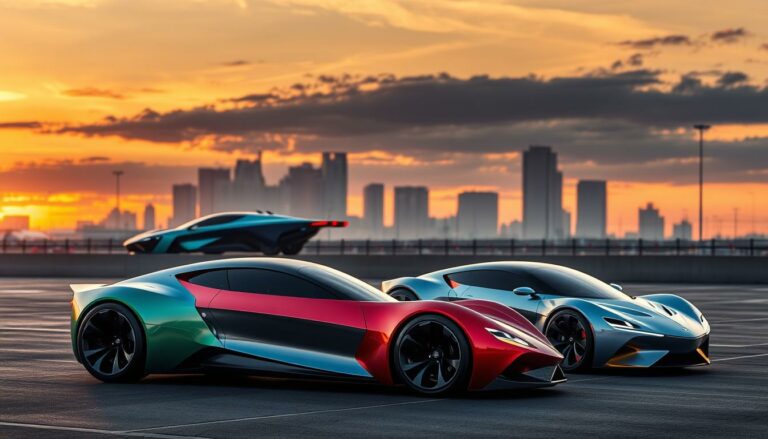The future of automotive design is an exciting realm where creativity meets cutting-edge technology. As car design innovations emerge, the automotive industry undergoes profound transformations geared towards enhancing both functionality and aesthetic appeal. With advancements in vehicle design technology, manufacturers like Tesla and BMW are leading the charge, setting trends that respond to evolving consumer preferences. This article delves into the current automotive industry trends and the innovative technologies shaping the future landscape of automotive design.
Innovative Technologies Shaping Automotive Design
Technological advancements are driving significant changes in automotive design. The integration of AI in automotive design is revolutionizing how vehicles are conceptualized and developed. Automakers are leveraging sophisticated AI algorithms to enhance predictive analytics, improving design efficiency and quality. Companies like Ford and Volkswagen lead the charge in utilizing these innovative automotive technologies to redefine vehicle attributes based on consumer preferences and market trends.
Artificial Intelligence in Automotive Design
Artificial Intelligence is increasingly vital in the automotive landscape. It assists designers in various stages, from initial conception to final production, ensuring streamlined processes and greater accuracy. Organizations are utilizing AI to analyze vast datasets and generate insights that inform design choices, allowing teams to focus on innovation rather than repetitive tasks.
3D Printing and Prototyping
Another groundbreaking technology reshaping the automotive industry is 3D printing. This method significantly enhances the 3D printing automotive industry by allowing for rapid prototyping and customization. Local Motors is a prime example, demonstrating how 3D printing can produce vehicle components efficiently, lowering production costs and time. By enabling quick iterations, manufacturers can better meet consumer demands and reduce waste.
Electric Vehicle Design Trends
The rise of electric vehicles introduces new design trends that prioritize functionality and aesthetics. Companies like Rivian and Lucid Motors are setting benchmarks with sleek designs that emphasize efficiency without compromising style. These electric vehicle trends reflect a shift towards sustainability, innovation, and performance, showcasing how automotive design is evolving to meet the needs of a changing market.
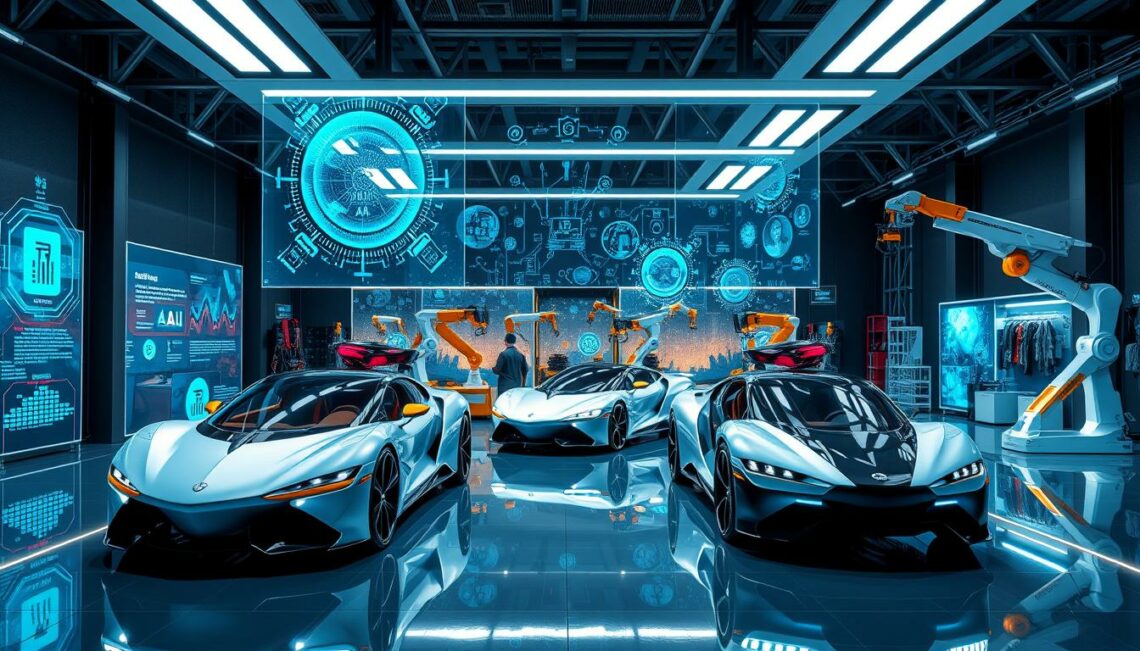
Exploring the Future of Automotive Design
The future of automotive design promises exciting advancements in sustainable practices, user experience, and automation. Companies are increasingly prioritizing sustainable automotive materials, leading to innovative designs that minimize environmental impact and enhance performance. This shift reflects a broader movement towards eco-consciousness within the industry.
Sustainable Materials and Their Impact
Brands are turning to sustainable automotive materials, such as bio-based plastics and recycled materials, to contribute to ecological conservation. For instance, BMW has made strides in utilizing recycled plastics in their production processes. This approach not only reduces waste but also resonates with environmentally aware consumers, fostering a positive brand image.
Smart Interiors and User Experiences
As technology evolves, so does the demand for smart vehicle interiors that prioritize user experience in automotive design. Features like customizable interfaces, seamless connectivity, and advanced infotainment systems elevate the driving experience. Mercedes-Benz exemplifies this trend, leading in the integration of luxury and technological innovation to create user-friendly environments that cater to modern needs.
Integration of Autonomous Features
Advancements in autonomous driving technology are reshaping the automotive landscape. The integration of sophisticated sensor technology and artificial intelligence facilitates self-driving capabilities, enhancing safety and convenience. Collaborations between tech companies such as Waymo and automotive manufacturers are paving the way for vehicles that can navigate complex environments with minimal human intervention.
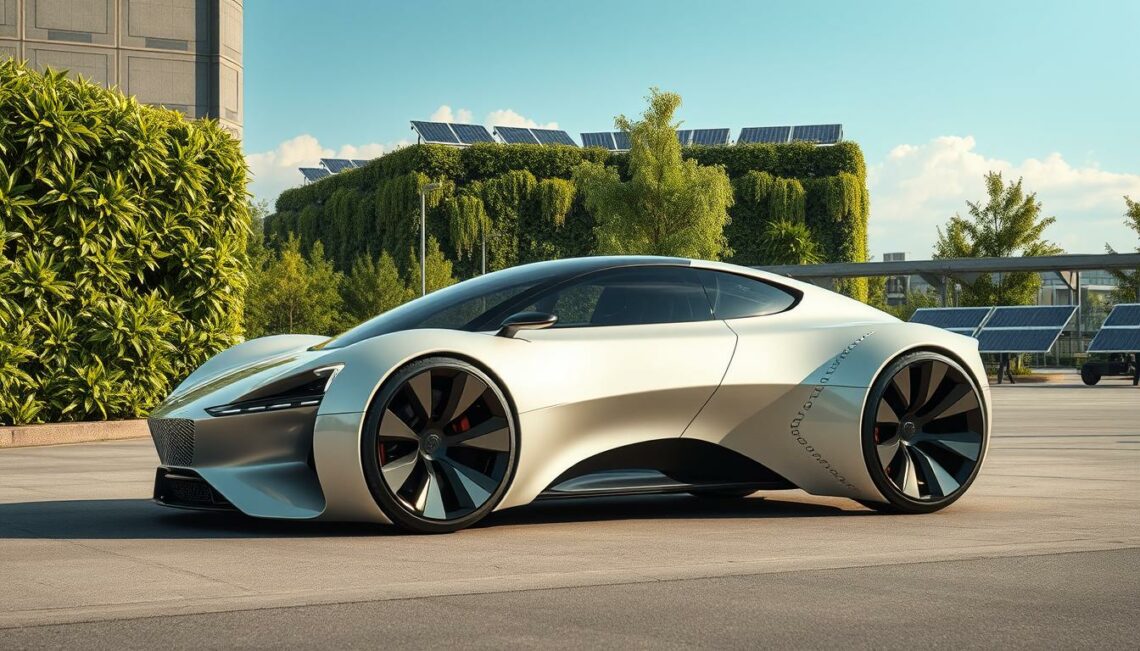
| Automotive Aspects | Sustainable Practices | User Experience Enhancements | Autonomous Features |
|---|---|---|---|
| Materials Used | Recycled plastics, bio-based materials | Customizable interfaces, connectivity | AI-driven navigation systems |
| Brand Examples | BMW | Mercedes-Benz | Waymo |
| Consumer Focus | Environmental sustainability | Luxury and convenience | Safety and efficiency |
The Role of Consumer Preferences in Automotive Design
As the automotive landscape transforms, consumer preferences significantly drive automotive design. The evolution of expectations among buyers highlights a shift towards safety, sustainability, and connectivity. Recent automotive market research, including findings from J.D. Power, underscores the increasing demand for electric vehicles that not only cater to environmental considerations but also appeal to modern aesthetics and functionality. This underscores how vital understanding consumer trends automotive is for manufacturers.
Moreover, preferences in car design are no longer solely about aesthetics; they encompass advanced safety technologies and user-centric features. Statistics reveal that many potential buyers prioritize vehicles with robust safety systems and seamless connectivity, reflecting current buyer behavior in the automotive industry. Brands like Tesla and Toyota have effectively adapted their strategies to resonate with these evolving preferences, ensuring their vehicles meet the desires of today’s consumers.
Successful automotive brands leverage consumer insights to innovate continually. By focusing on efficient feedback mechanisms, they can tailor their offerings in alignment with the changing landscape of consumer preferences. This responsiveness is crucial for success in an industry characterized by rapid change and heightened competition. As manufacturers keep a finger on the pulse of consumer trends automotive, they can shape designs that not only attract buyers but also forge lasting connections with their target audiences.
